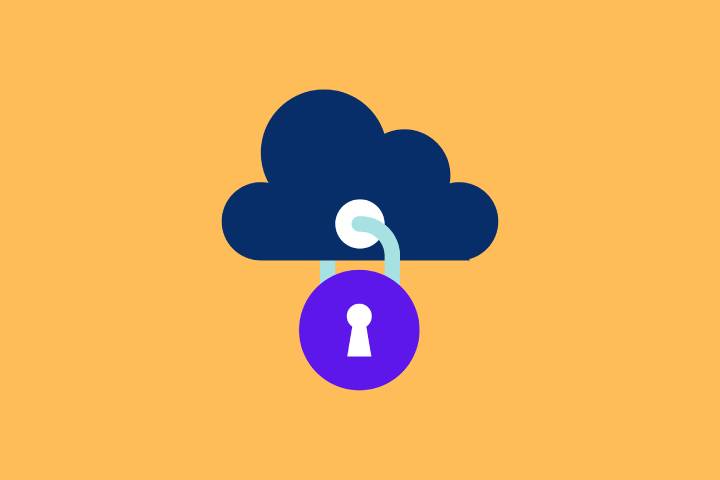Cybersecurity Five Measures To Protect Your Networks

Migrating all employees to telecommuting was a massive challenge for organizations especially in terms of cybersecurity, not least because 50% did not have a plan to deal with this transition. The potential configuration errors generated by this rapid change are likely to increase the attack surface accessible to cybercriminals.
Who has developed more sophisticated attack strategies through the commoditization of advanced tools and tactics? New threats, such as hacker operations for hire or reward (APT-hackers-for-hire), offered to the highest bidder by cybercriminals, are hazardous for VSEs / SMEs, which must now update their models. Threats and their security policies to deal with them.
Table of Contents
Know Your Network And Assets
Before implementing a security strategy, it is essential to have a comprehensive report and inventory of all types of devices and assets and a clear plan for the security—the organization’s network infrastructure. Understanding your network topology, architecture, and even how it is organized in its physical space can help develop an effective security strategy that is ideal for an organization’s infrastructure and assets.
For example, securing specific devices that are not compatible with client security deployment can become a matter of network policies. Internet of Things (IoT) devices is one of them, along with industrial equipment, certain medical devices, and other specific industrial assets, depending on the company’s profile. However, although 75% of CIOs and CISOs believe that using IoT devices within their infrastructures has increased their knowledge of how to protect them, around 20% of them say that these devices will spread faster than that of their securing.
Segment Your Network
Failure to segment an extensive network can adversely affect both traffic and security. Dividing the network into smaller parts can help build trust and allow access control, enabling IT and security teams to prevent unauthorized access to critical areas while enforcing specific security policies based on the importance of assets within a given area of the network.
On the one hand, it facilitates management, and on the other hand, it prevents attackers from making rapid lateral movements in the network to access critical organizational data. This degree of tight control and visibility over the web can further facilitate the detection of any suspicious or abnormal traffic, both inbound and outbound.
Security professionals should also understand that nearly half (47%) of all reported network-level attacks involve Server Message Block (SMB) exploits and brute-force attempts against RDP ( Remote Desktop Protocol) and File Transfer Protocol (FTP) account for 42% of all reported network attacks.
Train Its Employees
With employees feeling more relaxed when working from home (and therefore paying less attention to adhering to security best practices), 3 in 10 CIOs / CISOs fear that teleworkers may be on the job. Origin of a data breach. One of the leading human risk factors that security teams need to mitigate is reusing old passwords that may have been the subject of a previous data breach.
Training employees in creating unique, complex, and easy-to-remember passwords and the dangers of reusing those passwords should be a first step in strengthening security. Teaching employees how to identify phishing emails and explaining the procedures to follow to report them is also essential, as attackers show great skill in creating emails that appear legitimate and escape detection.
Organizing mandatory, company-wide safety training programs regularly can help employees stay informed, adopt safety best practices, and even learn about new safety policies and procedures. Implemented by IT and security teams.
Have An Incident Response Plan
Preparing for a predefined chain of actions to occur after a potential data breach is identified can make all the difference in business continuity. An incident response plan helps IT, and security teams determine the immediate actions to take to identify, contain, and mitigate a potential threat, and helps stakeholders assess the potential impact and address it. Refer it to the appropriate teams or managers. Following the analysis of any incident, security teams should make it a habit to review the incident response plan, revise and update it, taking into account lessons learned to incorporate further—new practices or to optimize existing procedures.
Also Read: How The Internet of Things Is Applied In Medicine
Choose The Right Security Teams And The Right Tools
With nearly half (43%) of security decision-makers admitting to being faced with the current lack of global skills, building a solid security team and choosing the right security tools can be difficult. While some organizations can afford to increase their workforce, building a talented pool of security-skilled workers takes time, something many companies lack.
For organizations that are short on time and resources, MDR (Managed Detection and Response) services, which act as highly specialized threat research teams, can augment existing SOC capabilities or take over any managing the security position of an organization a model worth considering.
In addition, these specialized security services, the cost of which is a fraction of the costs associated with their in-house implementation, draw on years of expertise in the areas of threat intelligence, threat research. And threat analysis.
More specifically, by relying on a series of predefined and previously approved actions triggered by a particular threat scenario, the MDR teams use a whole range of tools that give them complete visibility on the organization’s infrastructure. This visibility allows organizations to maintain a proactive posture that helps them quickly detect and eradicate threats before catastrophic damage occurs.
While there is no silver bullet to building the ideal mix of technologies and processes and ensuring compliance, providing the best possible security position knowing how cyber criminals operate and what tools they use is necessary for building resilience in cybersecurity.
